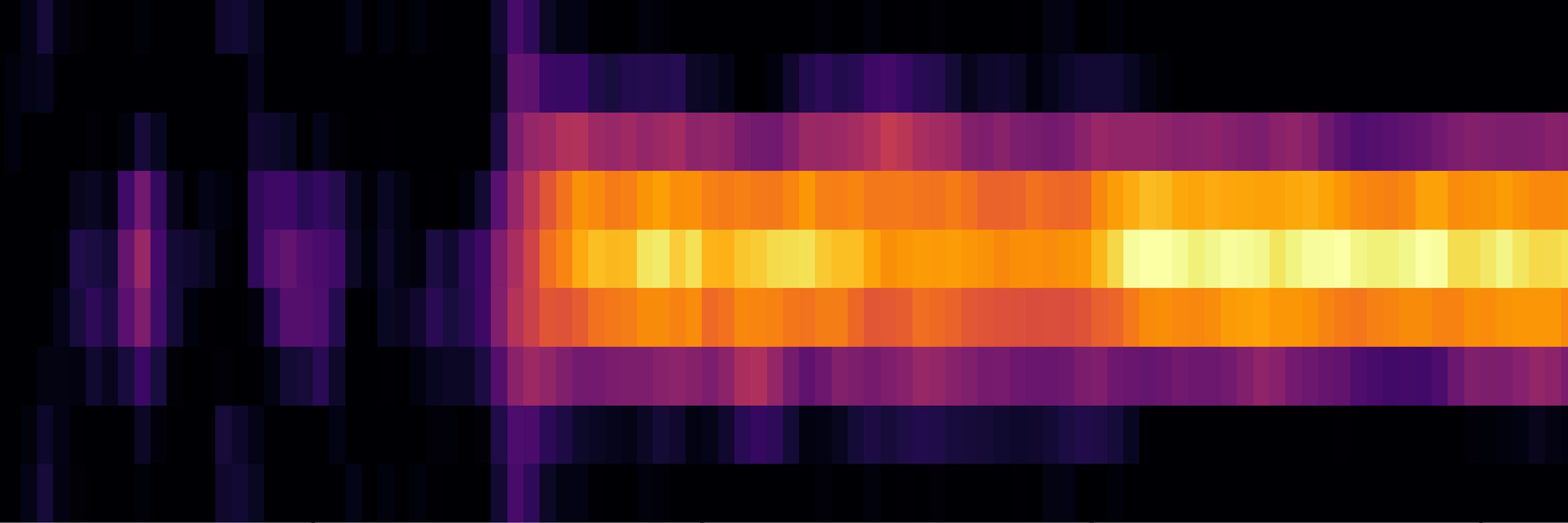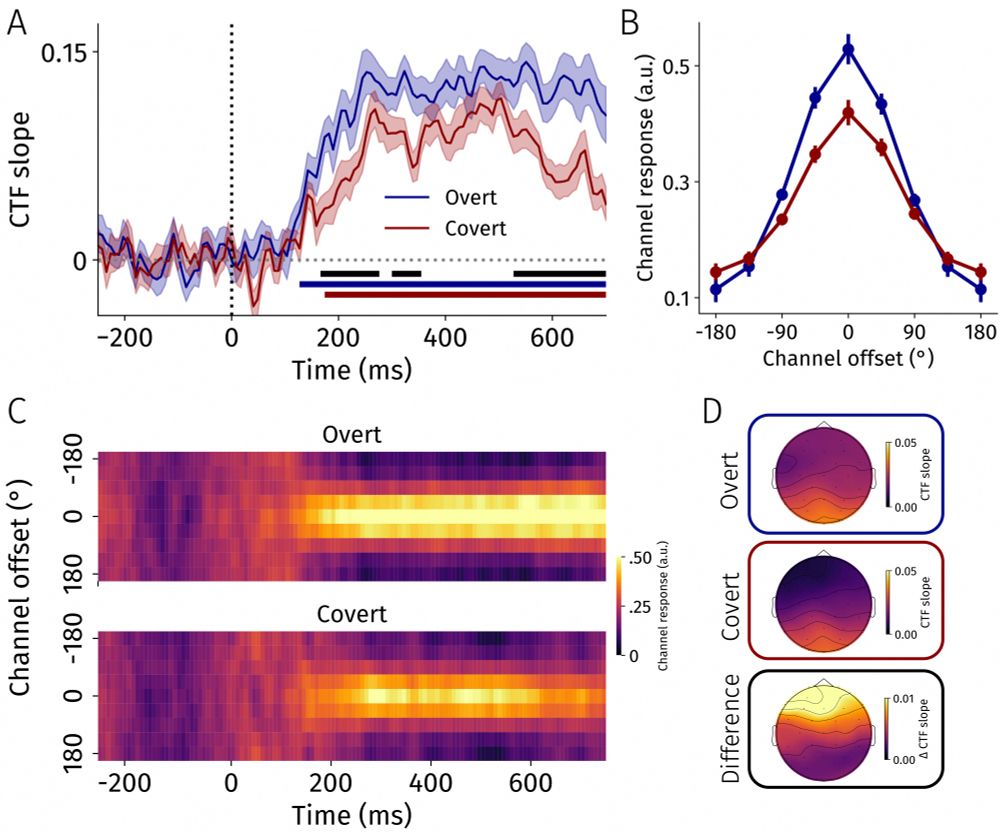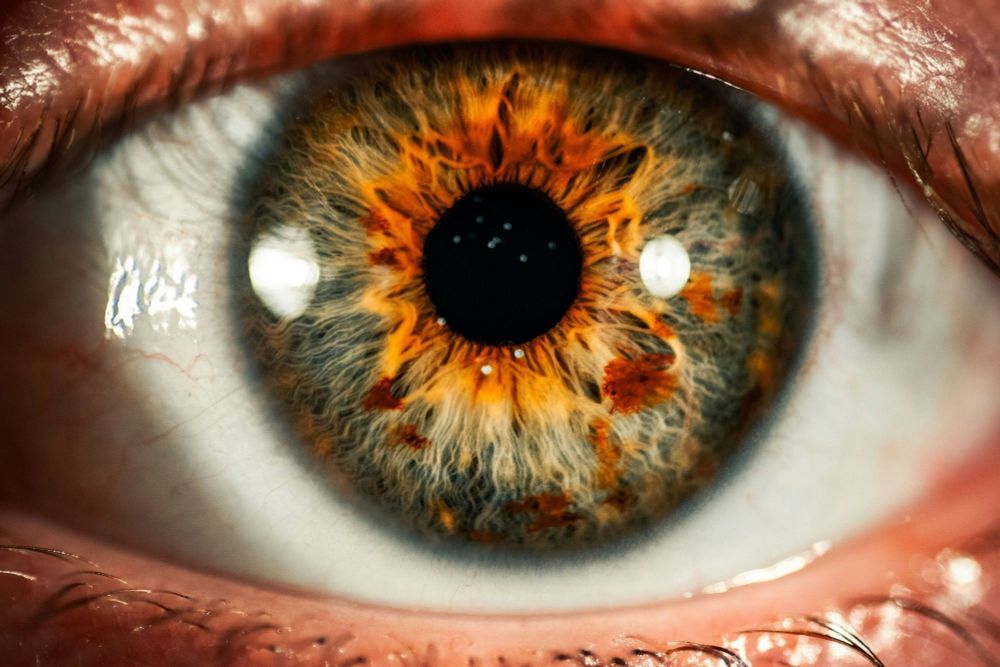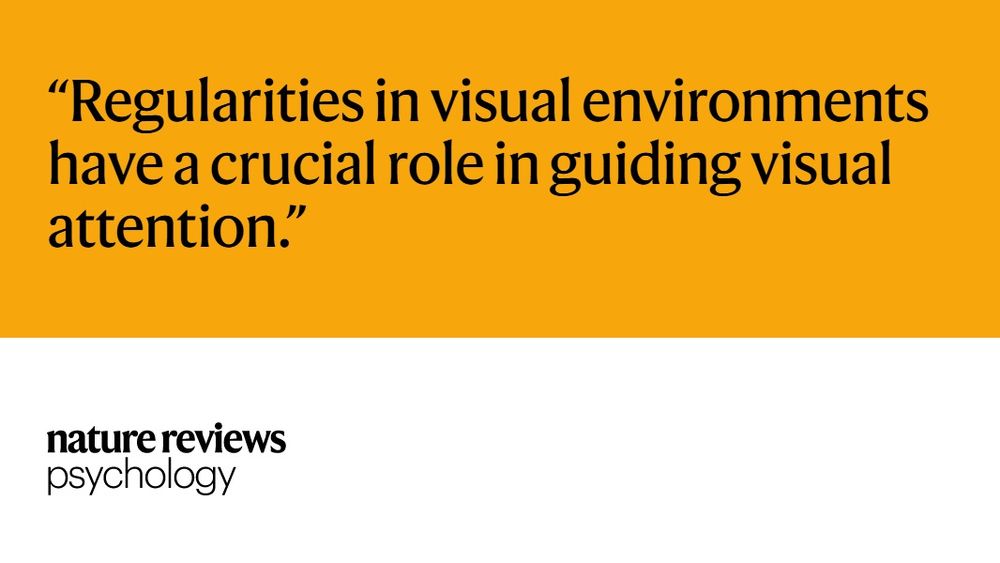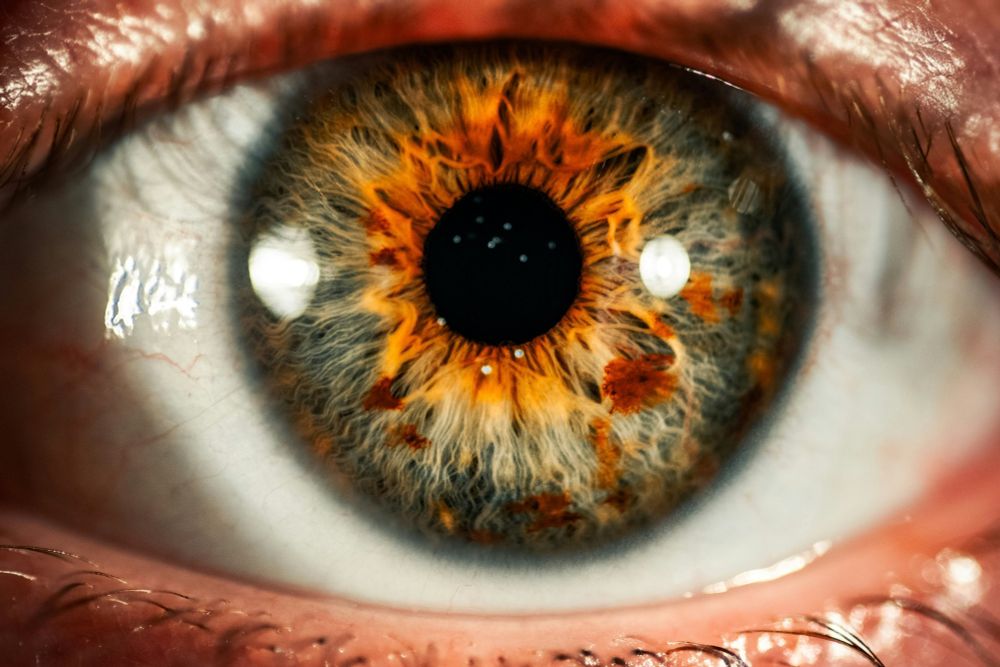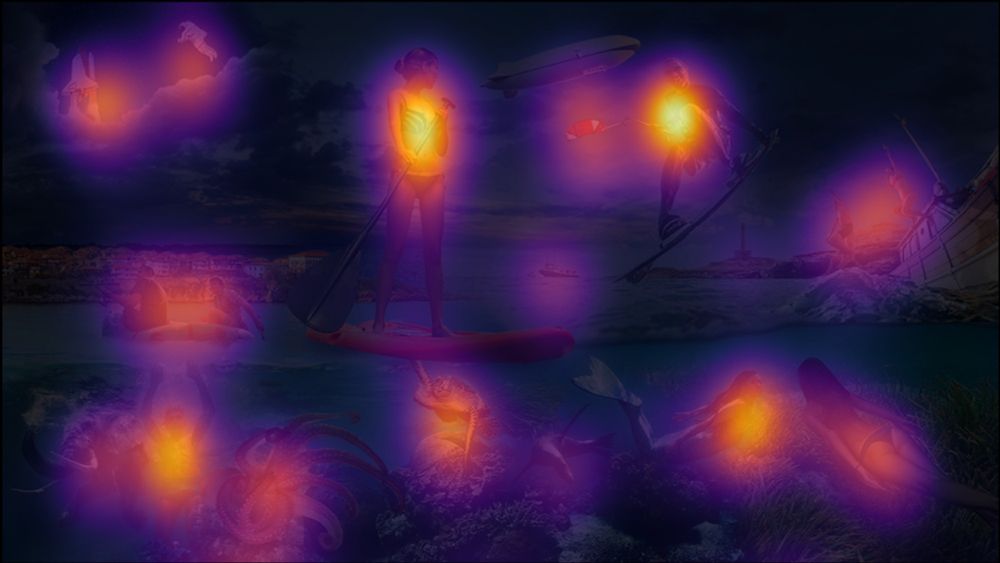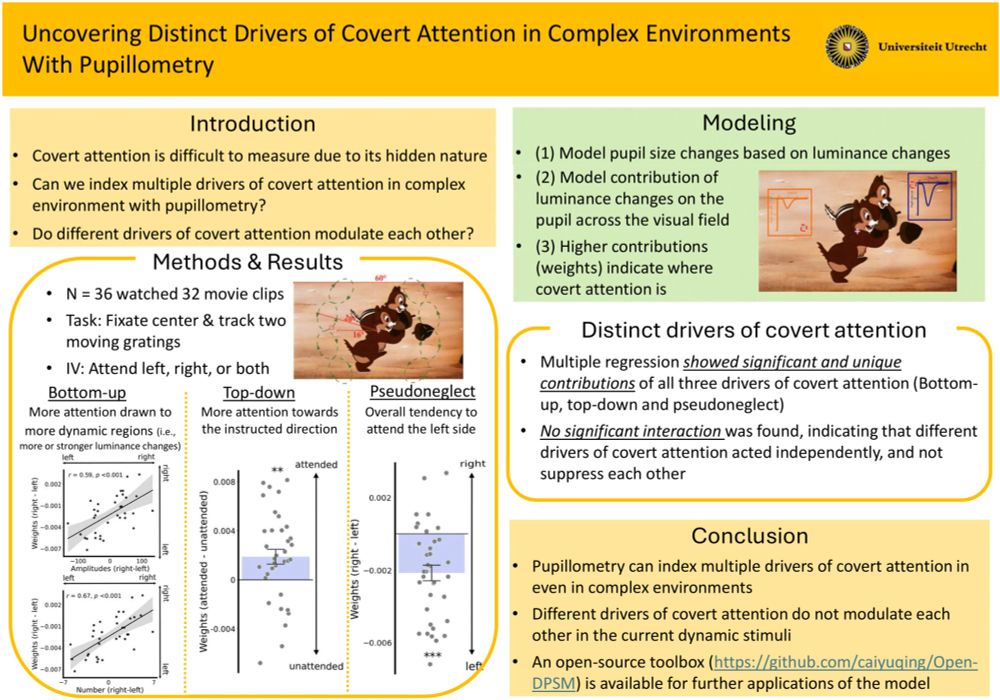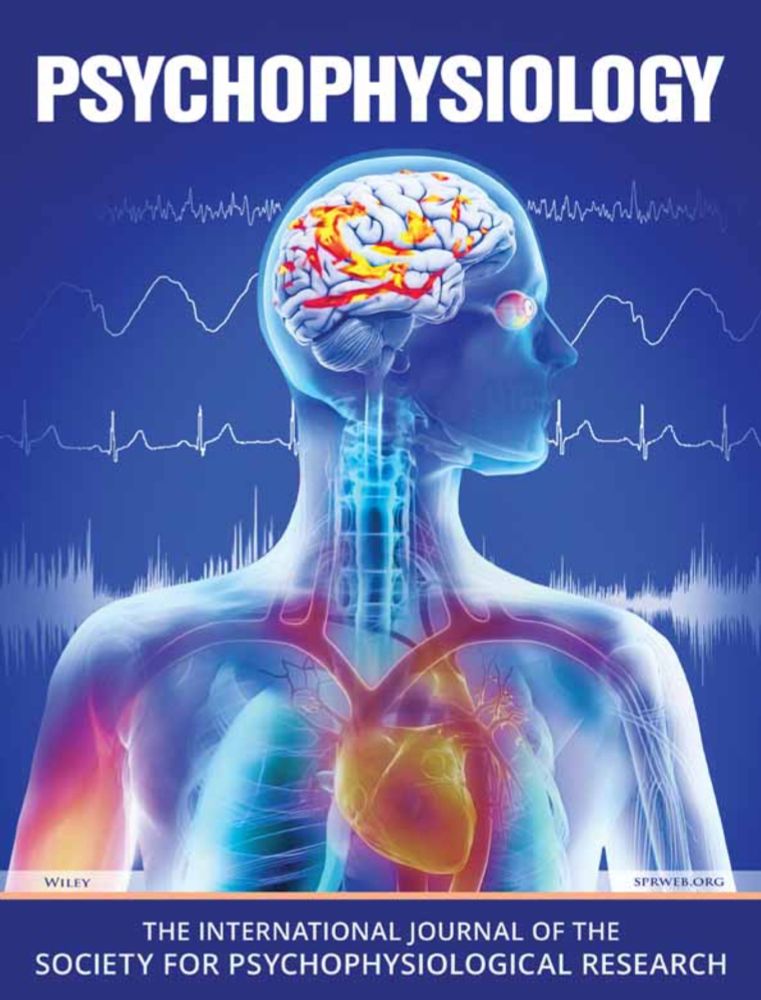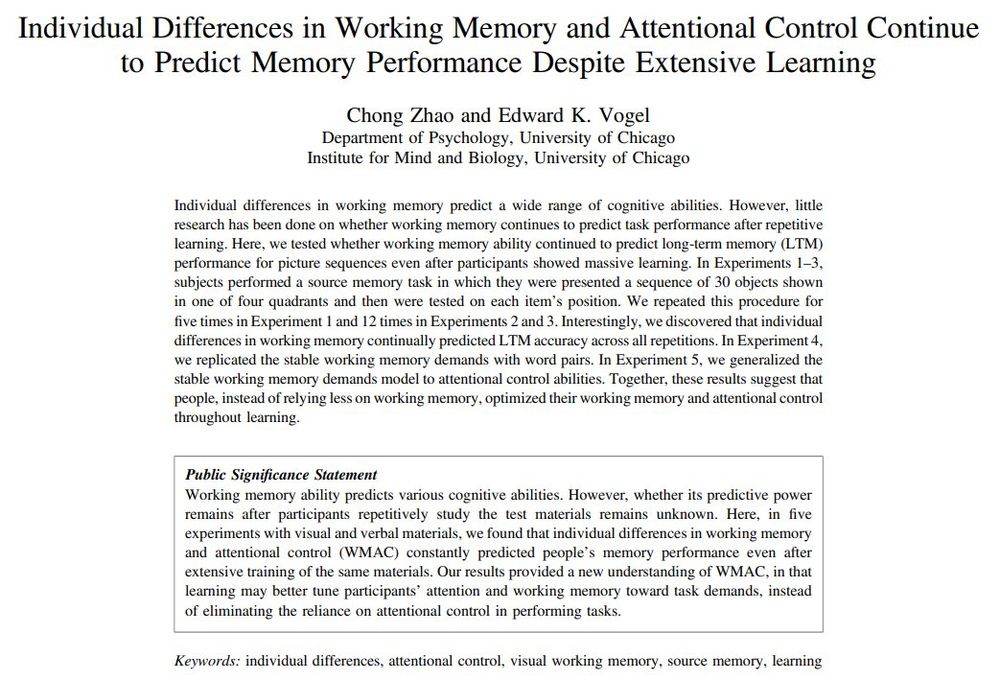Damian Koevoet
PhD Candidate interested in visual attention and memory | Utrecht University | AttentionLab @attentionlab.bsky.social
- Preparing overt eye movements and directing covert attention are neurally coupled. Yet, this coupling breaks down at the single-cell level. What about populations of neurons? We show: EEG decoding dissociates preparatory overt from covert attention at the population level: doi.org/10.1101/2025...
- Reposted by Damian KoevoetThrilled to share that, as of May 1st, I have started as a postdoc at The University of Manchester! I will investigate looked-but-failed-to-see (LBFTS) errors in visual search, under the expert guidance of Johan Hulleman and Jeremy Wolfe. Watch this space!
- Reposted by Damian KoevoetWhere a person will look next can be predicted based on how much it costs the brain to move the eyes in that direction.
- Reposted by Damian KoevoetIf you're interested in this article, here's the link: trebuchet.public.springernature.app/get_content/... Thanks to my supervisors @suryagayet.bsky.social @chrispaffen.bsky.social and @Stefan Van der Stigchel for their support!🎉
- Implicit learning of environmental regularities guides visual attention Journal Club by Luzi Xu go.nature.com/42ESno5
- In our latest paper @elife.bsky.social we show that we choose to move our eyes based on effort minimization. Put simply, we prefer affordable over more costly eye movements. eLife's digest: elifesciences.org/digests/9776... The paper: elifesciences.org/articles/97760 #VisionScience
- Reposted by Damian KoevoetWe show that eye-movements are selected based on effort minimization - finally final in @elife.bsky.social eLife's digest: elifesciences.org/digests/9776... & the 'convincing & important' paper: elifesciences.org/articles/97760 I consider this my coolest ever project! #VisionScience #Neuroscience
- Reposted by Damian KoevoetNew preprint! We present two very large eye tracking datasets of museum visitors (4-81 y.o.!) who freeviewed (n=1248) or searched for a +/x (n=2827) in a single feature-rich image. We invite you to (re)use the dataset and provide suggestions for future versions 📋 osf.io/preprints/os...
- Reposted by Damian KoevoetOut in Psychophysiology (OA): Typically, pupillometry struggles with complex stimuli. We introduced a method to study covert attention allocation in complex video stimuli - effects of top-down attention, bottom-up attention, and pseudoneglect could all be recovered. doi.org/10.1111/psyp.70036
- Presaccadic attention facilitates visual continuity across eye movements. However, recent work may suggest that presaccadic attention doesn't shift upward. What's going on? Our paper shows that presaccadic attention moves up- and downward using the pupil light response. doi.org/10.1111/psyp.70047
- Reposted by Damian KoevoetNew paper out now in JEP:G. "Individual differences in working memory and attentional control continue to predict memory performance despite extensive learning." psycnet.apa.org/doi/10.1037/xg…
- Reposted by Damian KoevoetBrains minimize energy consumption while maximizing computation. In humans, this trade-off is reconciled towards complex behaviors & hence relatively high energy use Review & synthesis with @sharnajamadar.bsky.social @annabhlr.bsky.social & Hamish Deery tinyurl.com/47c9n65w osf.io/preprints/os...
- Reposted by Damian Koevoet🎉New paper out in JEP:HPP with@andresahakian.bsky.social @suryagayet.bsky.social @chrispaffen.bsky.social and Stefan Van der Stigchel. We asked whether memory traces are formed for items that have not yet been selected for immediate action, while we are actively sampling targets for imminent action.
- Reposted by Damian KoevoetNew paper out by the awesome Luzi Xu! 🧠👁️ We asked whether mere exposure to (currently disregarded) visual objects, expedites encoding of these objects into memory when we select them for action later. Our data show that we passively build up memory traces for (non-selected) items. #WorkingMemory
- 🎉New paper out in JEP:HPP with@andresahakian.bsky.social @suryagayet.bsky.social @chrispaffen.bsky.social and Stefan Van der Stigchel. We asked whether memory traces are formed for items that have not yet been selected for immediate action, while we are actively sampling targets for imminent action.
- Reposted by Damian KoevoetNew popscience piece on why pupil size changes are so cool. psyche.co/ideas/the-pu... Included: an assignment that lets you measure pupil size. In my classes, this replicates Hess & Polt's 1964 effort finding without an eyetracker. Feel free to use it! #VisionScience #neuroscience #psychology 🧪
- Reposted by Damian Koevoet🚨My first paper with Samson Chota, Luzi Xu , Stefan Van der Stigchel and @suryagayet.bsky.social accepted in Consciousness and Cognition(www.sciencedirect.com/science/arti...) We asked whether the impact of VWM content on early visual processing depends on the priority state of the memory items.
- In a dynamic world, items appear, disappear, and reappear within seconds. In our latest preprint (now with an additional experiment) we show: the reappearance of maintained items guides the prioritization of non-reappearing memory items. www.biorxiv.org/content/10.1...
